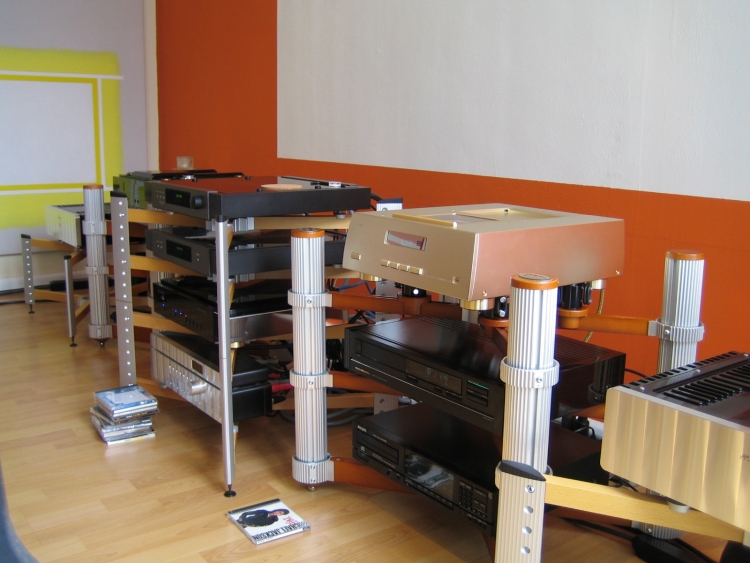
Ikea Table
Simply placing your equipment on a simple table should be fine right? Surely the table doesn’t influence the sound of the components? Well, it does. All tables have their own typical sound and this sound gets mixed in with the character of the component that is placed on it. The better your system, the more obvious this effect gets.
To start with the obvious example: the Ikea table. On itself, a fine solution but many Ikea tables are lightweight and hollow and also sound like that. Many chests and closets with doors lend the components placed in or on it an unpleasant chestiness or coloration otherwise. It’s often best to use cabinets without doors and if you just have to use a cabinet it’s best to use a heavy one, made of solid material, as opposed to hollow carton like Ikea uses.
Small Ikea tables can actually work depending on the listening situation but they cannot deliver the control and neutrality that better racks can provide. Finite Elemente’s Spider rack, for example, is also very light but also stiff and non-resonant. It is constructed in such a fashion that the whole doesn’t vibrate (on vital frequencies) but at the same time, any residual vibrational energy is diverted quickly and effectively. This is why this rack adds so little character of its own. Instead, it increases low-level details, clarity and speed, in addition to adding more air on top.
Of course, Spider isn’t for everybody. It isn’t a black and white situation. Every situation may in fact benefit from another kind of table. It’s just that I want to make clear that if it’s an uncolored and natural sound you’re after, you’re probably best off not using an Ikea closet.
Stacking Components On One Another
Visually, this can be a very neat solution, but mostly it’s a bad idea for the sound. Especially when to bottom component has a tin, bent cap for the enclosure, stacking components can go at the expense of some added synthetical quality to the sound and a loss of drive and attack. Compared to even placing the two components on their own feet right on the floor, you’ll lose some lack of dynamics. When the bottom component is more stable like when it is cut from a solid piece of aluminum or uses a very solid lid on top, there’s much less loss. However, some components are sensitive to magnetic fields from other components and sound less airy when they are stacked then when placed by themselves.
Analogy
Often you can just use your wits to forecast how a certain rack, top of a component or certain feet will sound. Just by using analogies. A soft material tends to lend a softness to the sound while a solid and pointily shaped material usually makes the sound tighter with more attack. To make this a little clearer: just accept for the moment that the most rigid coupling makes for a direct coupling, really fixating the component. This provides the most tightly controlled sound because energy can flow away without being hindered whereas in soft materials like rubber energy tends to linger around and change frequency, thereby making the sound more supple, but also hazier. When a cd player with centrally mounted transport has a flexible bottom plate and you place the feet at the outer edges, you are essentially placing the transport on a springboard.
You see, it all makes sense! Well, most of the time. Of course, there are exceptions, but the point is that you should experiment.
Aftermarket Feet
Also pay attention to the position of separate feet (if you have them) such as cones, ceraballs or squishy materials. You’d think that surely this shouldn’t matter but in almost any case that I tried it, it did matter.
Positioning separate feet
Usually, you get tighter bass, more control and accuracy when you place the separate feet more toward the outer edges of the component. When the feet are placed more toward the center of the component you get more roundness to the sound with more fluidity, but at the expense of some speed and attack. So you see, it’s again a matter of balancing. It could turn into either too much dryness/sterility or wooliness depending on the position. The beauty is that it’s easy to try out and always reversible if you don’t like the result!
The Exception
Did you notice the word “usually” at the beginning? This is because there are exceptions. The internal bracing, thickness of the panels and such are determining for the final result. The most simple equipment is built on a thin layer bent metal and the internal prints and such are screwed to this thin sheet of metal. This metal can bend and if it weren’t for the top-side the whole construction would be twisting along as you bent it. Because of this flexibility, the circuit boards and even the transport in a cd player are somewhat floating. You can imagine that the flexibility is greatest toward the center of the component. Now if the cd transport is located in the middle, of course, placing feet near the edges of the component would result in the opposite of what you’re trying to achieve. You will get maximum resilience instead of maximum rigidity. In these cases, you’ll get the most rigid result by placing the feet more towards the center.
Practical Example – Wadia 861 CD Player
The Wadia 861 is built like a tank. Inside are dividing walls and all-aluminum plates are at least a centimeter thick. The transport is mounted to the right so just supporting that isn’t possible. You’d think just by looking at the Wadia that surely, in this case, the placement of feet shouldn’t matter. But it does. The Wadia turns out to be exceptionally sensitive to the placement of feet. Toward the outer edges, the player sounds fastest, driest and most dynamic, towards the middle it gets more fluid and relaxed.
It also matters how high the Wadia is placed in a Spider Rack. For example, the bottom lends the most control and tightest bass whereas on top it sounds most airy and fluid. Again this is not difficult to grasp once you apply the analogy way of thinking: the bottom part of the rack is most rigid whereas the top can twist and flex a bit.
Although it is probably clear that I like airy racks such as Spider and ROS, your taste needn’t match mine. The relative differences as described above are still valid, however. No matter if your rack of choice is a flexible thin affair or a solid immovable object, the top level will always sound different from the bottom level and knowing this you have more means to effectively tune your system exactly to your liking.
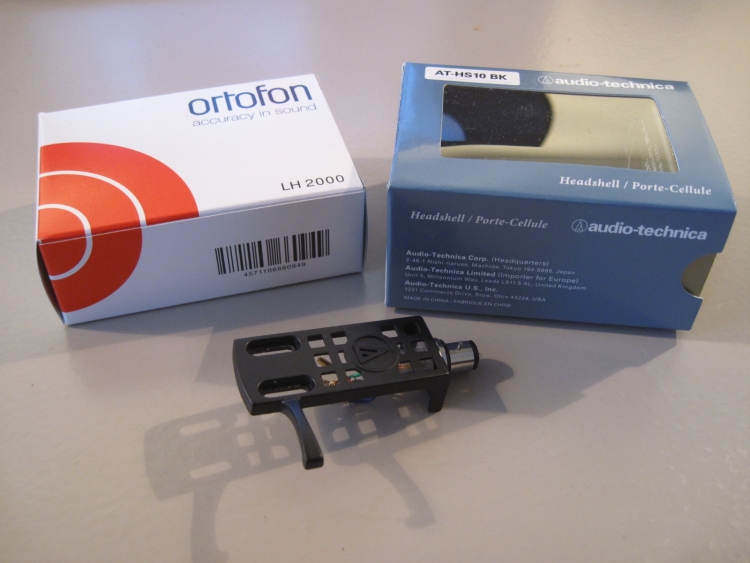
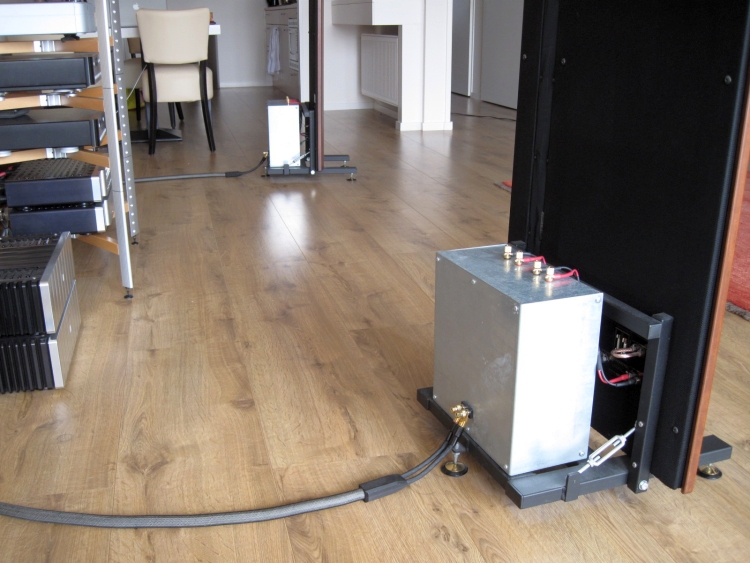
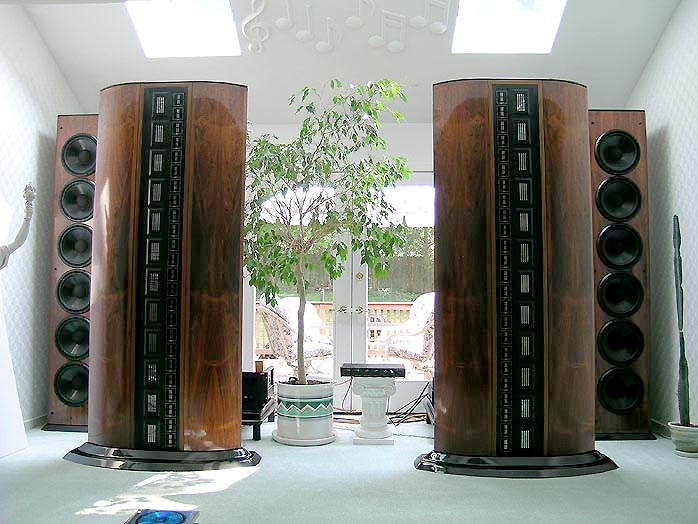
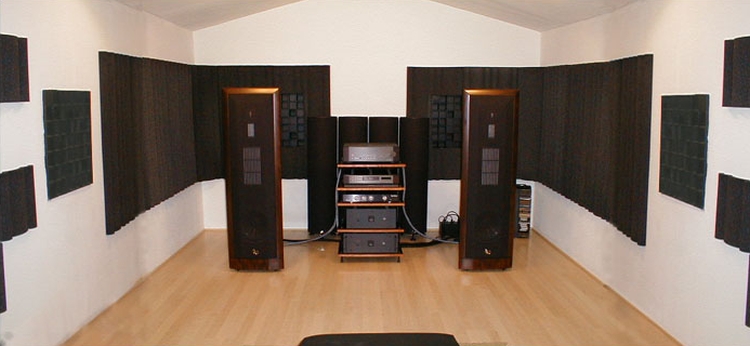
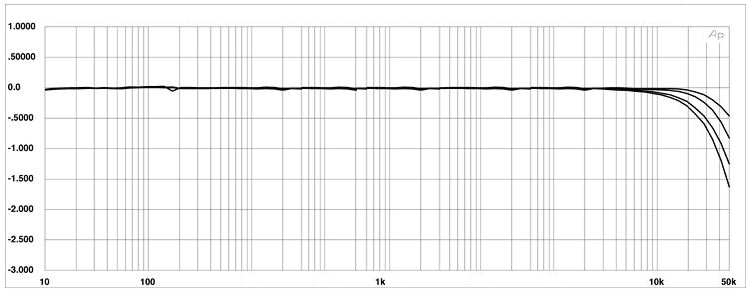
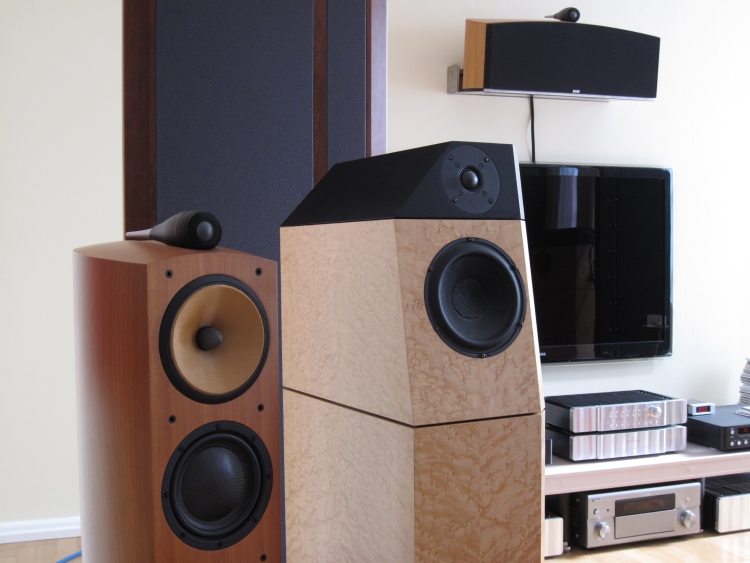

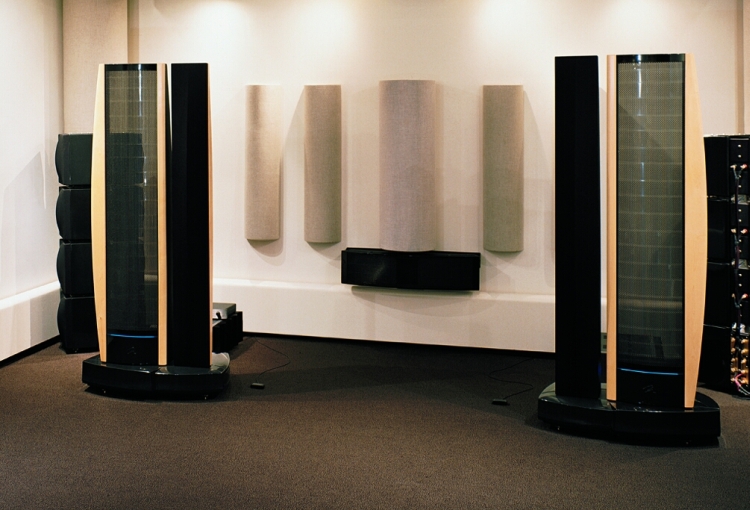
Christian: (Qoute _ Aftermarket Feet
Also pay attention to the position of separate feet (if you have them) such as cones, ceraballs or squishy materials. You’d think that surely this shouln’t matter but in almost any case that I tried it, it did matter.
Positioning separate feet
Usually you get tighter bass, more control and accuracy when you place the separate feet more toward the outer edges of the component. When the feet are placed more toward the center of the component you get more roundness to the sound with more fluidity, but at the expense of some speed and attack. So you see, it’s again a mater of balancing. It could turn into either too much dryness/sterility or woolyness depending on position. The beauty is that it’s easy to try out and always reversible if you don’t like the result!
Umm, that ‘blanket’ statement (including your Exceptions) is ridiculous. And misleading.
Indeed, any change, all changes do make a difference. Place anything on top (or below) a component and the subjective sound quality will change –a very discernible one most often.
But to suggest a ‘recipe’ as you do, is not only over-simplifying, but also greatly misleading.
peter jasz
In my situation, this turned out to always work this way. With Spider racks, and potentially other racks too, the “spring” factor of the rack’s level also comes into play. Spider racks in particular tend to give a component a more rounded sound the closer the feet are toward the component’s center. That said all is relative and surely YMMV.